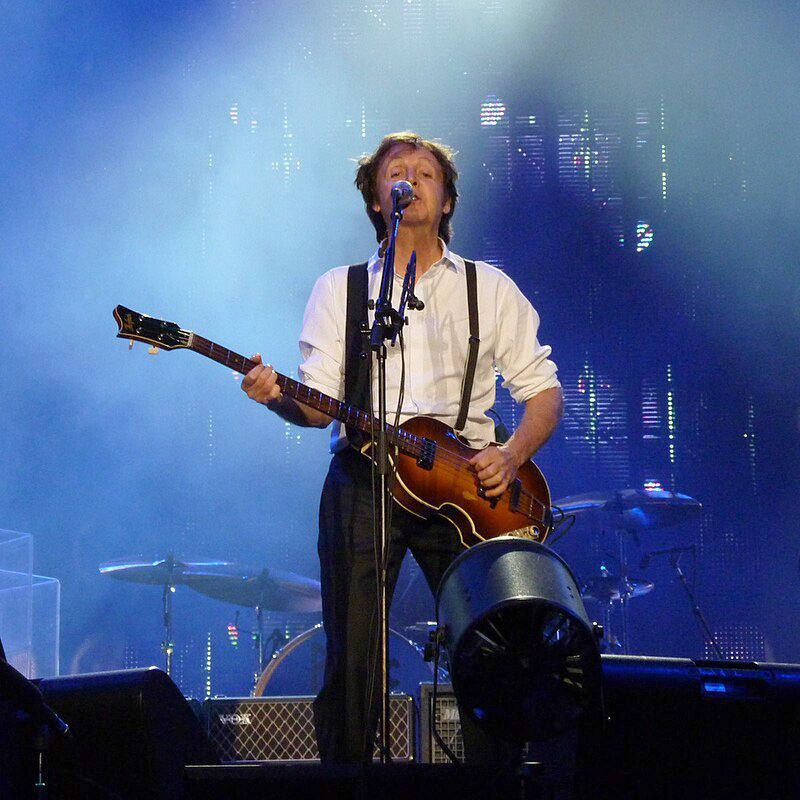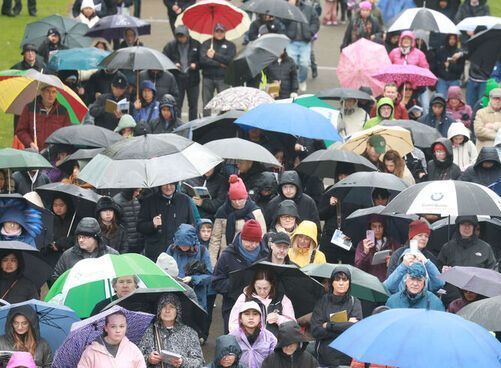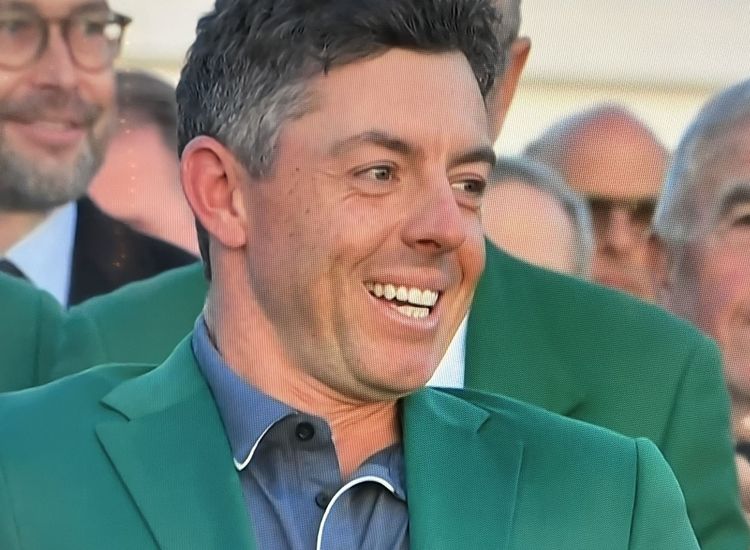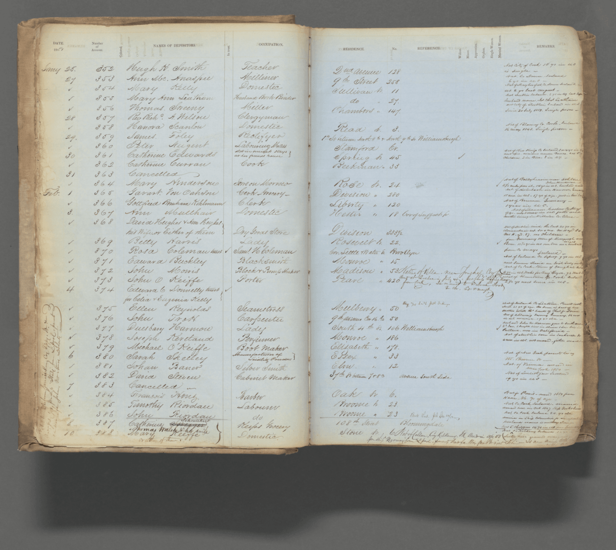Caption with Paul:
Caption with WB:
Caption with Cash jpg:
I’m often asked, “How do you write a song?”
If you were to ask how to write a play or a novel, two other disciplines that I pursue, I feel confident I could lay out some basic steps that would get you started. But writing songs is still a somewhat mysterious pursuit, for the best songs come when lyrics and music merge, as when the hammer hits the anvil and sparks fly.
That doesn’t mean that you can’t change one or the other as the song takes shape. Take for instance, Paul McCartney’s classic “Yesterday.”
Macker claimed the first words that came to mind for that lovely melody were “Scrambled Eggs.”
It has a certain ring to it, right? Still, you can be sure the song would not be a classic if he hadn’t changed the title.
Then again, Tony Crane of The Merseybeats, a childhood friend, claimed that if Paul slipped while passing by a piano and struck the ivories when falling, he would have a song written by the time he hit the ground; and as he clambered to his feet and gripped the keys again, he’d have a second song written by the time he arose.
Johnny Cash
But back to us lesser mortals. One surprising thing that’s always struck me about lyric writers: they rarely draw from, or even glance at poetry.
Lyrics and poetry, though different, are drawn from the same well. And the more poetry you can get into your lyrics – without seeming like a poseur – the better your lyrics will be.
I’ve always admired W.B. Yeats, his perception and sheer craft. The well-regarded Black 47 song, "Fanatic Heart" was influenced by his short poem, "Remorse For Intemperate Speech."
His forensic appraisal of Ireland’s history led me to delve deeper into the ongoing consequences of Belfast’s troubles.
If this is too highfaluting for you, then look no further than your backyard for inspiration. "Brown Eyed Girl," that perennial summer hit, was inspired by Van Morrison’s trips “down in the Hollow” as a boy. Van’s Hollow, now a shrine, contained little more than an overgrown stream that flowed close to his childhood home in rainy East Belfast.
W.B. Yeats.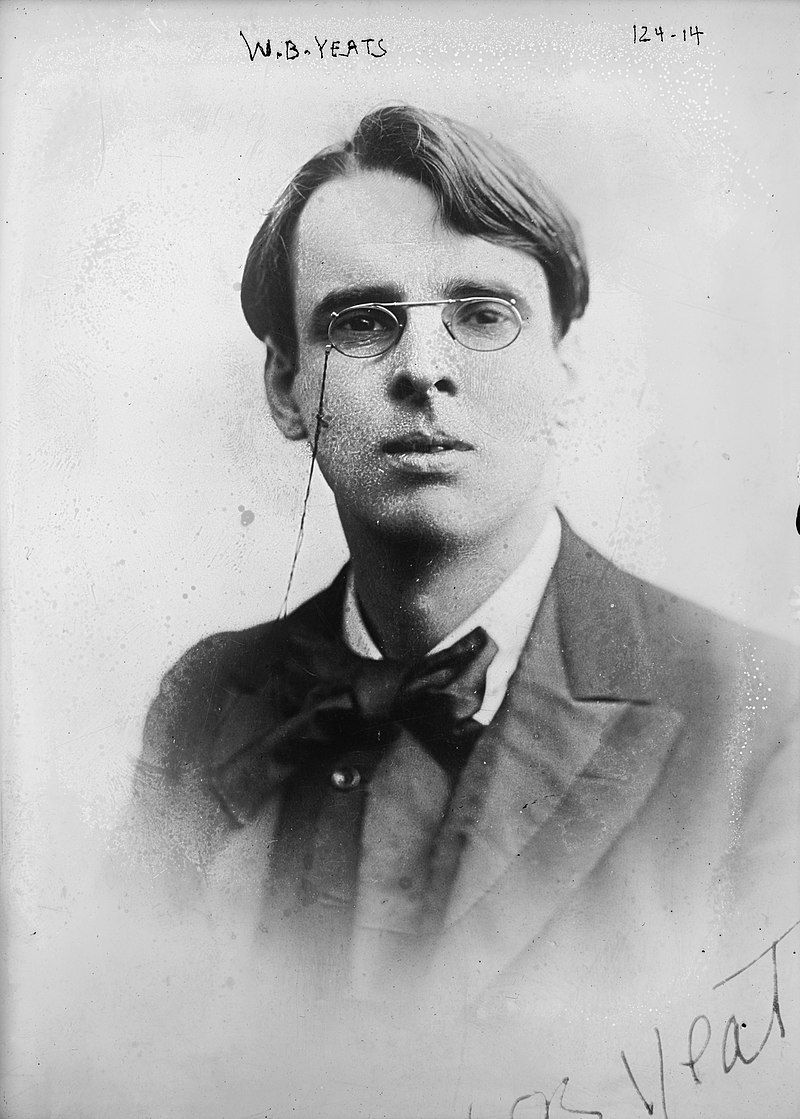
But where does the music come from, says you? Well, it’s all around. The rhythm of railroad trains inspired so many great country songs from the likes of Jimmie Rogers and Johnny Cash.
As for New York City, I can almost identify the streets that inspired certain classics of Bob Dylan, Lou Reed, The Ramones, Billie Holiday and Miles Davis.
It’s in no way necessary to read or write music to create songs. But an understanding of chords, their structure and uses, really helps.
Take Blues, Country, Punk, and many types of Folk, there are accepted forms and chord progressions around which you can base your songs. Robert Johnson, Merle Haggard, The Sex Pistols and Bob Dylan have created masterpieces harnessing such traditions.
Then there’s The Beatles. John Lennon said that every time they learned a new chord, they wrote a song around it. I can testify to that. As a boy I happened upon a well-thumbed Beatles songbook tossed in a neighbor’s garbage. It opened a world of chords to me that I still use.
A well-placed, unexpected chord can send a regular tune careening off into originality. As a simple example, in the key of C instead of using a standard E minor (Em) or A minor (Am) chord, substitute an E Seventh or A seventh.
Ah, the oddness and dichotomy of sevenths! In Rebel Girl, a musical I’m currently writing, in order to capture the thorny uniqueness of Irish-American Margaret Sanger (nee Higgins) I only used sevenths.
And if melancholia or regret is your goal, the Major Seventh is your man. But use this chord form sparingly, for it can smother you in melodrama.
Of course, you don’t need to use any accoutrements. If you hear a melody “in your head,” instantly whistle or hum it into the voice memo of your cellphone.
I did that with at least 10 of the 26 songs of "Rebel Girl." Ultimately you’ll have to arrange the melody, but that’s grunt work. Once the sparks have been struck, you’re within sight of the finishing line.
And remember, “Scrambled Eggs” is still there for the using. Now get cracking! And remember, there’s no right or wrong way to write a song.

